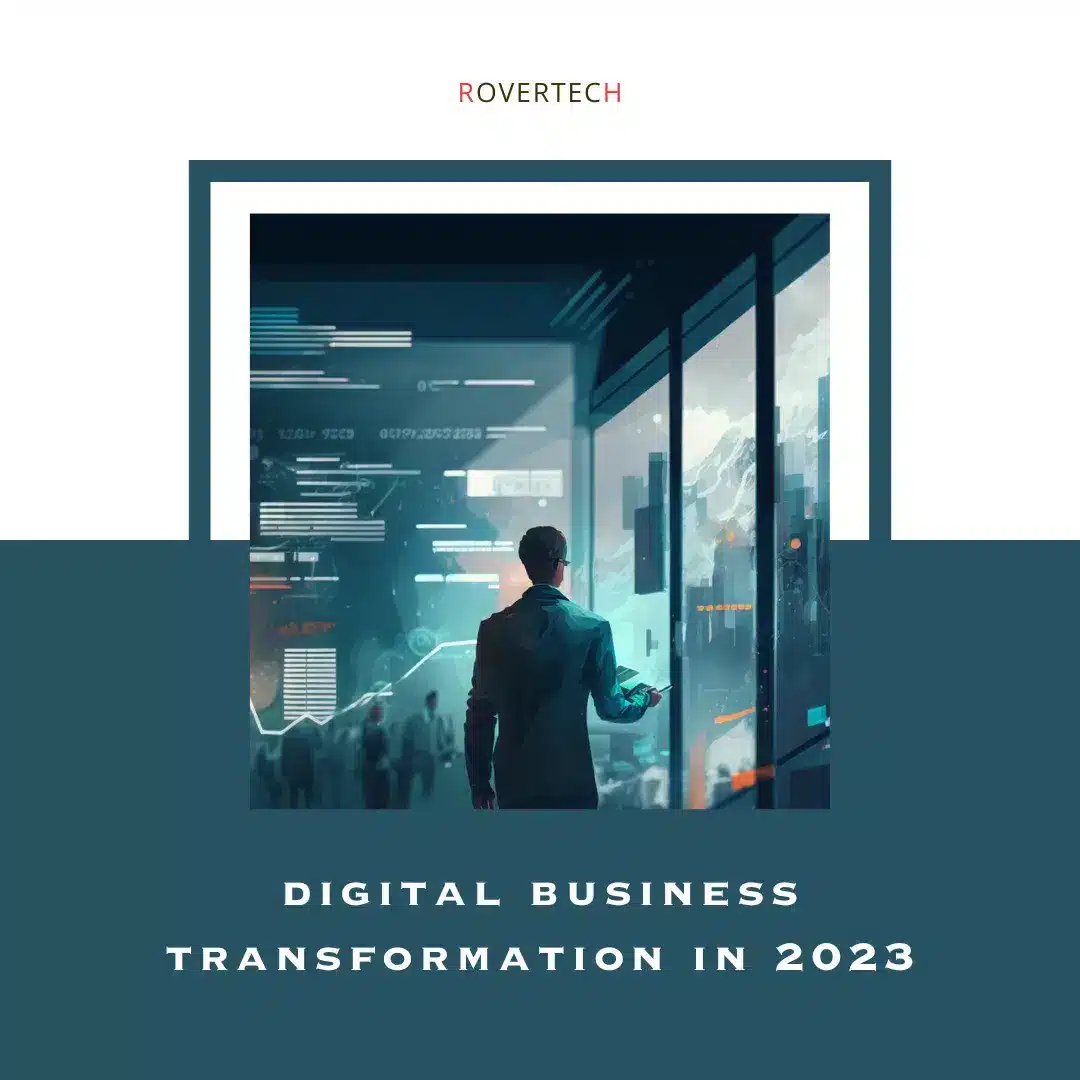Home › Web Design › 【Digital Transformation】How Corporate Reform Succeeds
AI Ai ppt APPLE App開發 Booking System ChatGPT Cloud CRM System Cyber Security Digital Transformation Ecommerce Web Development Education ERP系統 Google AI HRIS hris HR系統 IaaS IT Outsource IT Service IT Support IT外判 IT支援 Microsoft Copilot POE Web Version RTTP SaaS SEO Server TVP UX Design VMware Web Design 寫app教學 手機App 政府資助 混合雲端 科技券成功例子 網頁設計 自動化系統 診所管理系統 電腦教學
【Digital Transformation】How Corporate Reform Succeeds

In 2023, many small and medium-sized enterprises (SMEs) in Hong Kong are actively pursuing digital transformation. The COVID-19 pandemic has accelerated this shift, prompting businesses to enhance customer service experiences and increase market competitiveness. This article introduces common digital transformation approaches and examples to help businesses succeed in your digital journeys.
文章目錄
Top 5 Digital Transformation Approaches
1. Business Process Automation
By applying new technologies and data analytics tools, businesses can optimize and automate processes to improve operational efficiency and reduce costs. For example, companies can use AI and machine learning algorithms to revolutionize traditional market operations, enhance customer service, and increase profitability. In the lending industry, traditional manual approval processes have been replaced by AI-driven automatic approvals, which are faster and more accurate, allowing customers to receive loans instantly at lower interest rates. This innovative digital lending approach has enabled new lending companies to achieve higher profits.
2. Big Data Analytics
Utilizing big data analytics and visualization tools, businesses can extract valuable insights from vast amounts of data to guide decision-making and strategy formulation. For example, companies can analyze consumer data to deliver personalized advertisements, thereby improving marketing effectiveness.
3. AI-Driven Customer Service Experience
Digital transformation helps businesses better understand customer needs and provide personalized, convenient experiences. For example, developing mobile apps and AI chatbots allows customers to enjoy convenient shopping and automated customer service anytime, anywhere.
4. Product and Service Innovation
By adopting new technologies, businesses can develop innovative products and services to meet market demands. For instance, an insurance company can use IoT technology to offer customized insurance plans, thereby enhancing customer satisfaction.
5. New Work Models
Digital transformation introduces new business models and revenue opportunities. For example, businesses can use tools like Microsoft Teams and Google Workspace to enable cloud-based operations, file sharing, remote communication, and online meetings, thereby improving collaboration efficiency.
7 Common Digital Transformation Examples
1. Cosmetics Retail
Digital transformation enables cosmetics retailers to offer personalized recommendations and virtual try-on features online. They can also use data analytics and AI to provide more accurate product suggestions based on customer preferences and shopping history.
2. Banking
Banks have developed online and mobile applications to offer digital banking services such as transfers, payments, loans, and investments. Additionally, they use machine learning and big data to assess credit risks and prevent fraud.
3. Food and Beverage
Restaurants offer online ordering, delivery, QR code ordering, and contactless dining services to meet customer needs. Intelligent inventory management and predictive analytics help reduce waste and improve operational efficiency.
4. Services
Industries like healthcare, hospitality, and tourism use online booking and payment systems to enhance customer experience. Big data and AI technologies help businesses understand customer needs and offer personalized services.
5. Education
Digital transformation in education includes the adoption of online platforms, virtual classrooms, and digital textbooks. Learning management systems and AI-assisted teaching improve teaching quality and student engagement.
6. Dried Seafood Industry
The dried seafood industry expands its market through online stores and social media marketing. IoT and data analytics technologies facilitate intelligent POS and inventory systems, real-time stock monitoring, integrated warehouse management, and streamlined procurement processes.
7. Interior Design
Digital transformation revolutionizes the interior design industry. 3D modeling and rendering technologies allow designers to create detailed models quickly, providing clients with a clear preview of designs. VR and AR technologies offer immersive design experiences, and integrating smart home devices enhances living quality.
Core Elements of Digital Transformation
1. Strategy and Goal Setting
Successful digital transformation requires clear strategies and goals. Businesses should formulate suitable digital transformation strategies based on their specific situations and set measurable objectives.
2. Technological Innovation and Application
Technological innovation is the core driver of digital transformation. Businesses should actively seek new technologies and integrate them with business needs to achieve transformation goals.
3. Organizational Change and Leadership
Digital transformation requires comprehensive support from the organization and leadership. Businesses should establish flexible structures and cultivate digital-era leadership to drive successful implementation.
4. Employee Engagement
Corporate culture and employee participation are crucial for successful digital transformation. Businesses should foster a culture that encourages innovation and embraces change, and motivate employees to actively participate in the transformation process through regular digital courses and the use of AI systems like ChatGPT.
Conclusion
Digital transformation is a global trend that enhances operational efficiency, reduces labor and operational costs, provides personalized customer needs quickly, and obtains accurate customer data. These improvements significantly boost competitiveness and create new value, making it essential for businesses to establish a strong market position.
Thank you for reading. For more information on digital transformation solutions, contact us at Rovertech IT Consulting.



